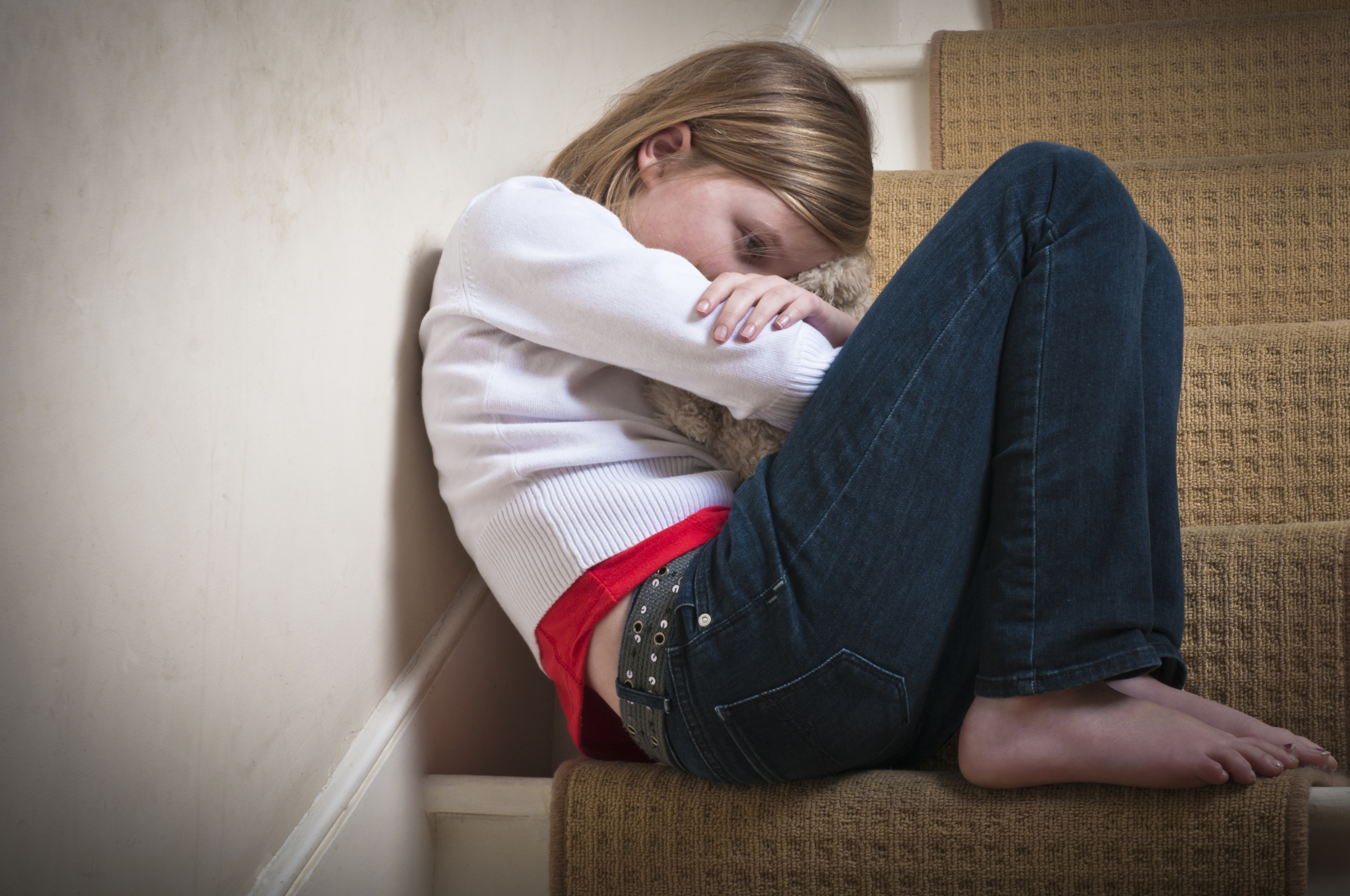More than 200 people from Tayside and Fife were charged with possessing child abuse images during a two year period.
Between 2014 and 2015, 246 Tayside and Fife computer users were charged with either taking, distributing or being in possession of indecent photos of children.
One hundred and eleven people were charged in Tayside and 135 people were charged by police in Fife.
Across the country, in excess of 600 people were charged with obtaining illegal images during 2015.
More than 1200 people were charged by police across Scotland between 2014 and 2015.
A Police Scotland spokesperson said: “Keeping children safe is a priority for Police Scotland.
“One of the real benefits of a national police service has been the introduction of a focused, consistent approach to tackle offending against children in all its forms.
“Police Scotland has a dedicated Cyber Crime Unit to proactively identify persons suspected of online child sexual abuse by exploiting advancements in technology, digital media and the Internet.
“In addition, Police Scotland works in partnership with national and international
partners, including cyber-crime experts and other law enforcement agencies.
“This, together with the full range of investigative techniques, apply allow us to identify those who use computer networks to sexually abuse and exploit children and young persons.”
A spokesperson for the National Society for the Prevention of Cruelty to Children (NSPCC) said the creation and sharing of child abuse images is “one of the fastest growing forms of child sexual offending in Scotland”.
The NSPCC Scotland spokesperson said: “The production and distribution of images of child abuse is a global criminal industry which must be stopped in its tracks. It is also one of the fastest growing forms of child sexual offending in Scotland.
“Every image is a crime scene and behind each is a young victim who will need considerable support to recover from the crimes inflicted on them.
“It is vital that individuals responsible for downloading and sharing these images are brought to justice and it’s important that treatment forms a part any court sentence handed out.
“The war on these images has only just begun and the NSPCC is calling on governments and internet providers to do more to halt this spiralling problem.”
